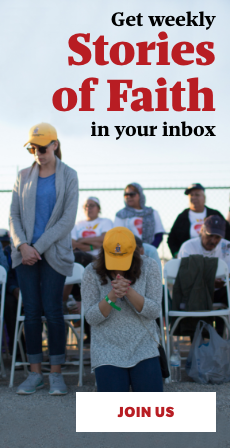Today, in the 87 dioceses supported by Catholic Extension Society, there are 2,300 religious priests and brothers. Religious life is a dynamic institution in Catholicism. It continues to evolve over the ages and across the Earth in response to the promptings of the Holy Spirit and in response to the needs of the Church and world.
The Benedictines have been a religious community for almost 1,500 years. The Franciscans have been around for more than 800 years. The Jesuits just celebrated 500 years of existence. Each group of religious has gifted us with its unique charisms and contributions.
Much of the narrative lately on religious men has centered on their dwindling numbers and the subsequent withdrawal of religious priests and brothers from the missions, institutions and places that they once staffed and served.
Presently, there is half the number of religious priests in the United States (about 10,300 today) than there was 50 years ago, and about a third the number of religious brothers (3,800 today) than a half century ago, according to the Center for Applied Research in the Apostolate at Georgetown University.
This, indeed, represents a seismic shift in the Catholic Church in the United States that has many ramifications. But a case can be made that the causes that these religious men espoused, the missions they founded and the values and faith they shared with generations of people remain alive and well in many parts of our Church, even when these religious men are no longer present.
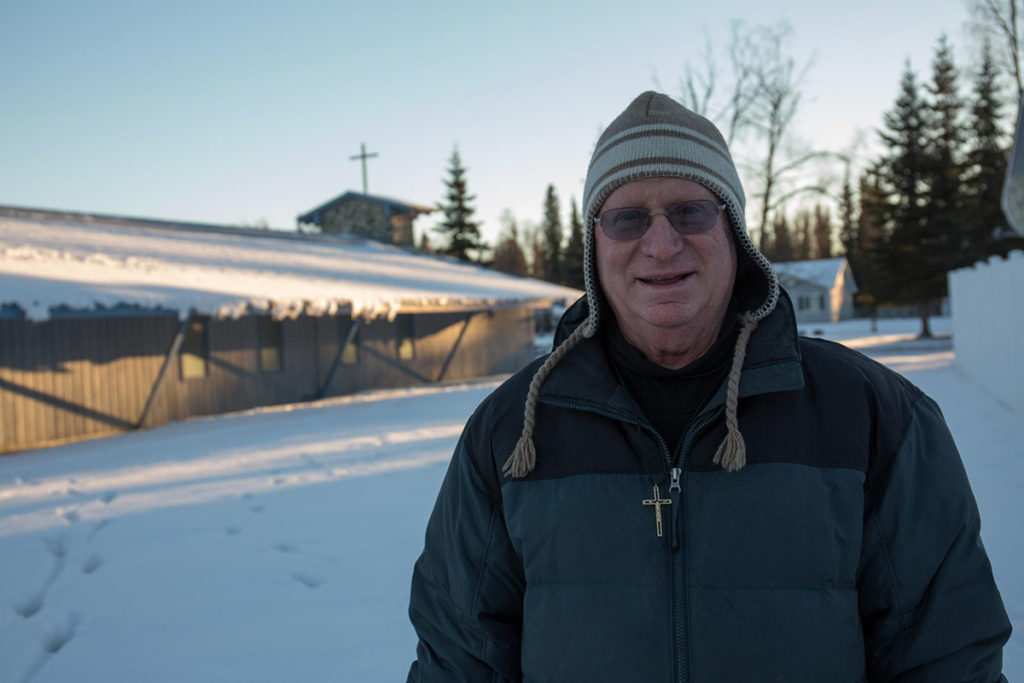
Meanwhile, the religious men who remain in active ministry in Extension dioceses continue to strengthen the foundation of faith and leadership among the people they serve, which will not easily collapse if these religious men are no longer around.
In this article, we acknowledge two congregations of religious men in particular that have beautifully dedicated themselves to missionary work here in this country and continue to do so in extraordinary ways.
The Missionary Oblates of Mary Immaculate and the Missionary Servants of the Most Holy Trinity have worked side by side with Catholic Extension Society over the past century to serve the Church in the poorest regions. We are happy to report that the fruits of their efforts both past and present continue to impact the Church in America.
The Missionary Oblates of Mary Immaculate: “Specialists of the most difficult missions”
For many decades, the Missionary Oblates of Mary Immaculate, a missionary congregation of religious men, have collaborated closely with Catholic Extension Society to serve Catholic faith communities in many dioceses. St. Eugene de Mazenod, a French priest, founded the congregation in 1816.
Today, nearly 4,000 Oblate priests and brothers serve in 60 countries. Pope Pius XI once referred to the Oblates as “specialists of the most difficult missions,” which is undoubtedly what brought them from France to the peripheries and frontier lands of this country.
Catholic Extension Society first joined forces with the Oblates by supporting their missionary priests working along the U.S.–Mexico border. These iconic horseback-riding priests were aptly nicknamed the “Cavalry of Christ.”
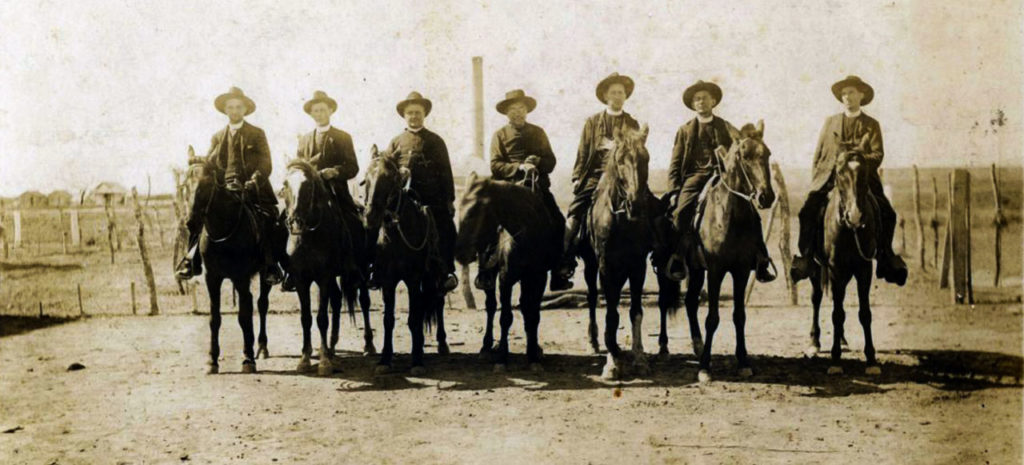
The first funds that Catholic Extension Society ever raised shortly after its founding in 1905 were directed to support Oblate priests at La Lomita Chapel, a historical mission church located on the banks of the Rio Grande in Texas.
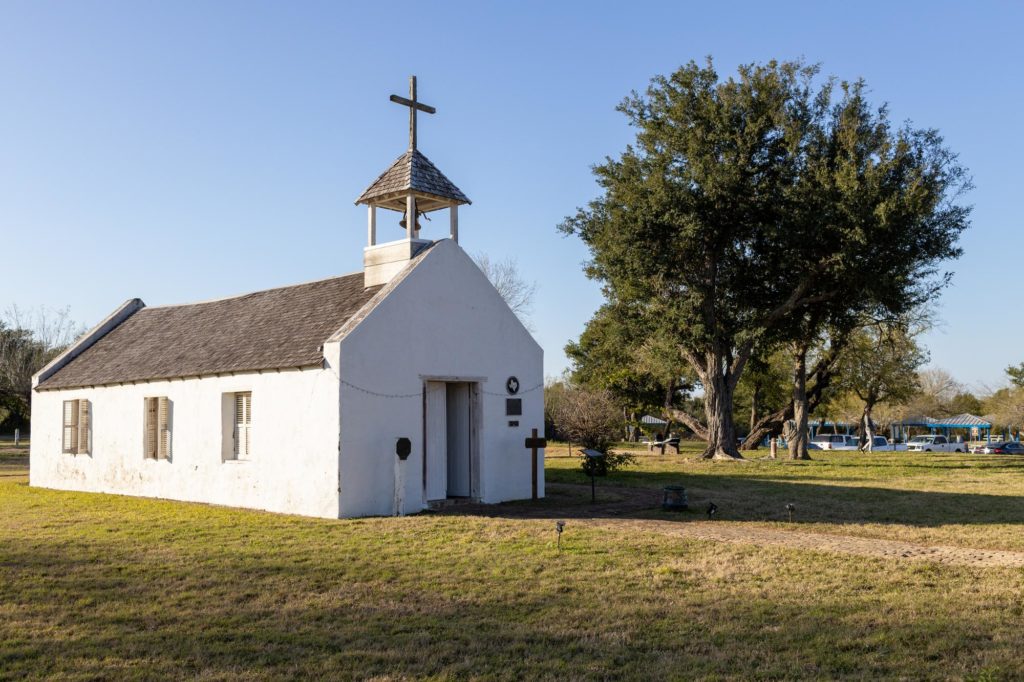
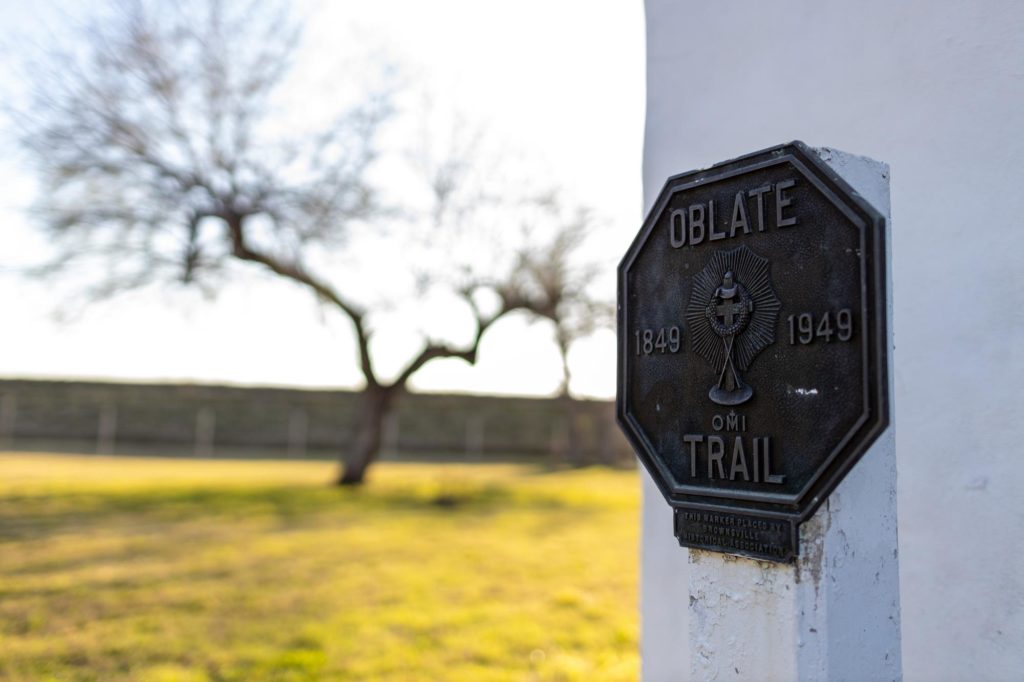
The chapel continues to be served by Oblate priests. In fact, in 2019 Catholic Extension Society named La Lomita’s pastor, Father Roy Snipes, OMI, as a 2019 Lumen Christi Award finalist.
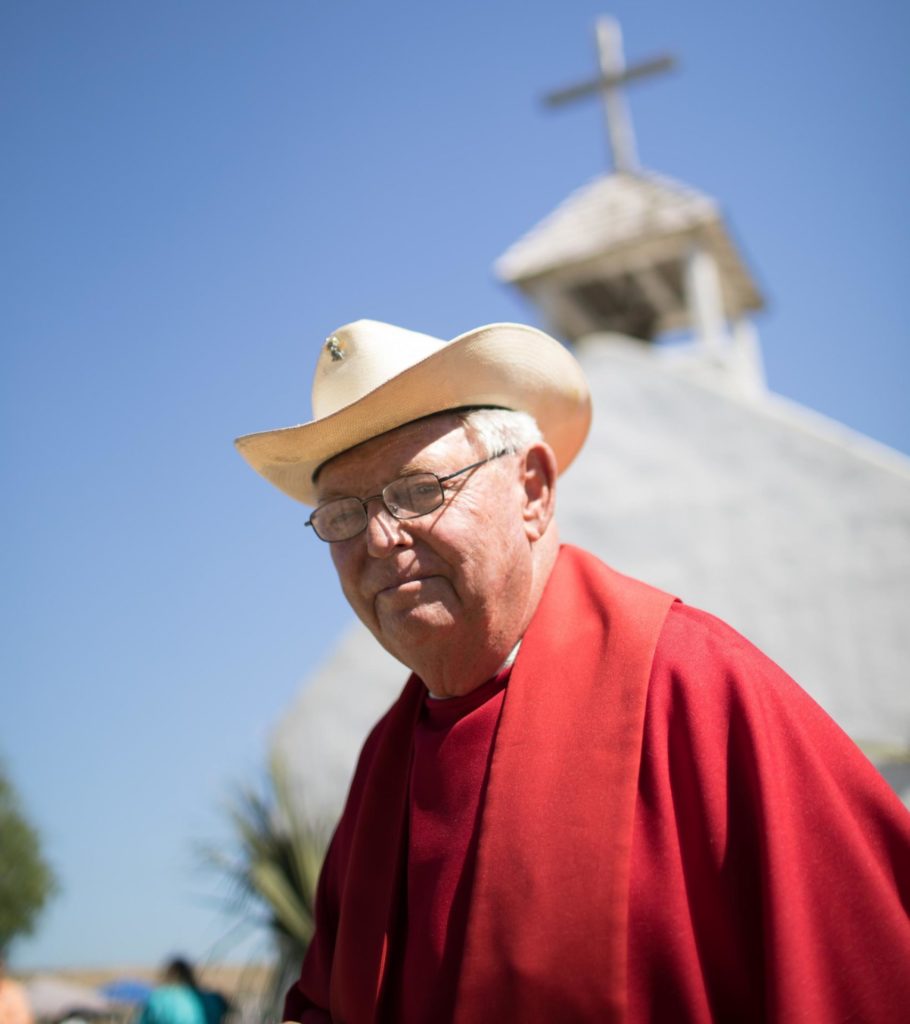
The incomparable “cowboy priest” is rarely seen without his signature Stetson hat, his dog Bendito (Spanish for “blessed”) and his University of Texas A&M attire.
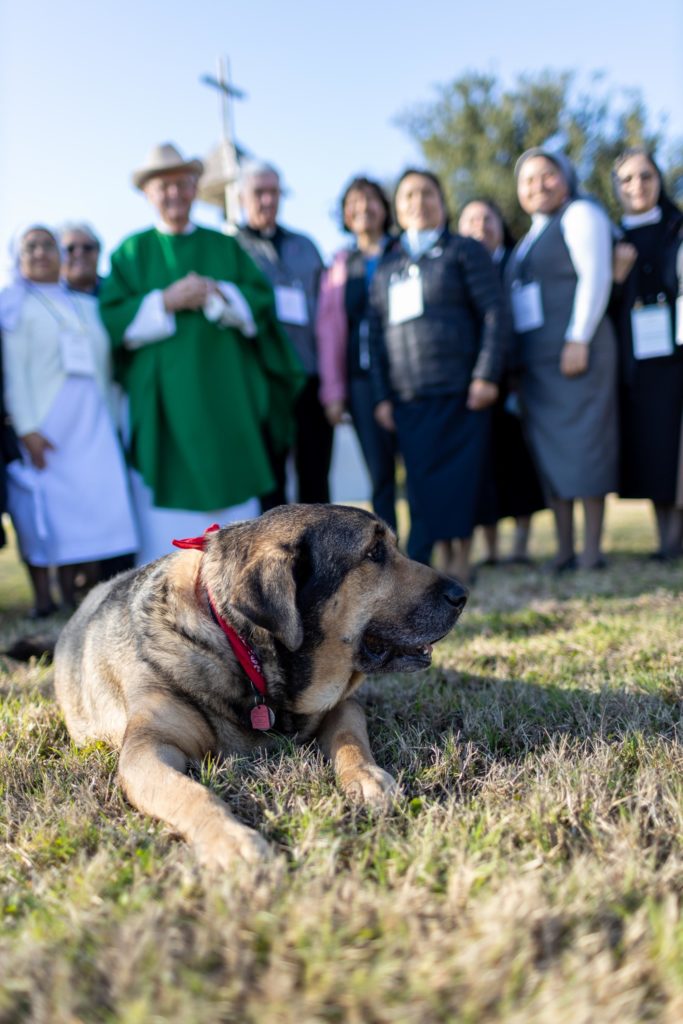
He relishes his role as pastor of Our Lady of Guadalupe Parish in Mission, Texas (which includes La Lomita), where there is great fervor among the people. Father Snipes regularly takes his old pontoon for rides along the Rio Grande, seemingly undistracted and undeterred by the hovering drones and watchtowers closely surveilling him.
Oblate priests have long been immersed in the realities of the U.S.–Mexico border. In 1914 many refugees, including priests and religious, fled Mexico on account of the Mexican government’s persecution of the Catholic Church. Father Henri Constantineau, treasurer of the Southern Province of the Oblates, went personally to Catholic Extension Society’s offices in Chicago to appeal for special assistance on behalf of the refugees.
Archbishop James Quigley of Chicago, then Catholic Extension Society’s chancellor, was so moved by the Oblate priest’s words that he gave him $5,000 of immediate aid ($140,000 in today’s dollars), representing the first funding in a decades-long commitment of Catholic Extension Society to Mexican exiles fleeing religious persecution.
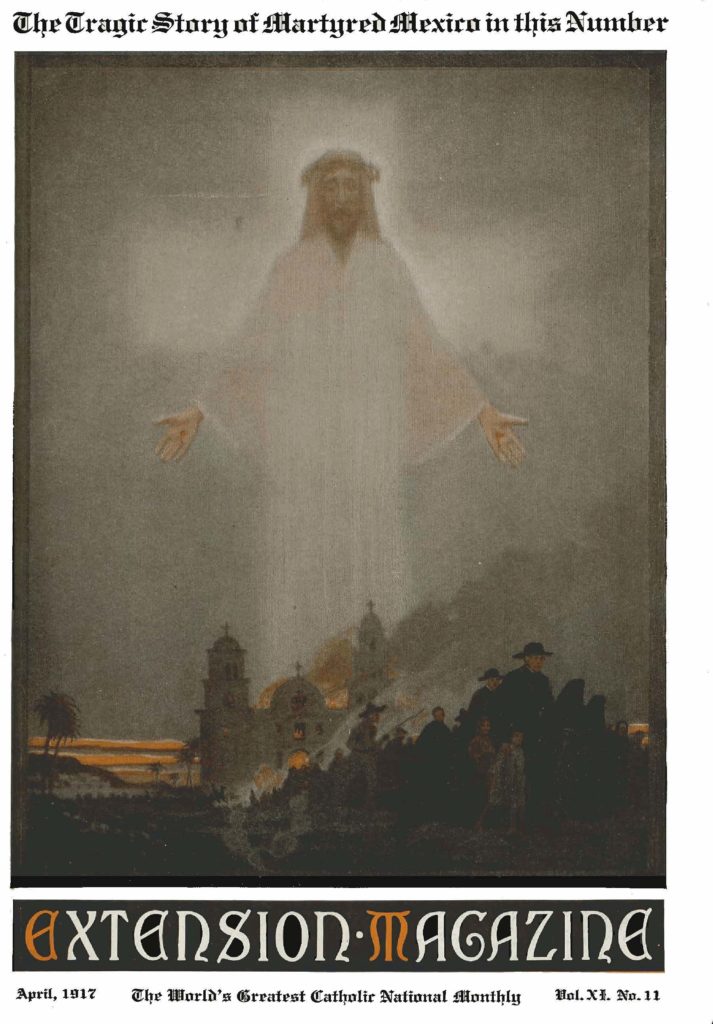
Catholic Extension Society continues to support the Oblates in the border region, mainly in the present-day dioceses of Brownsville, Texas, and Laredo, Texas.
This includes years of support for the recently retired Father Bill Davis, OMI, a beloved pastor of San Francisco Javier Mission Church in Laredo—a poor parish, but one rich in faith.
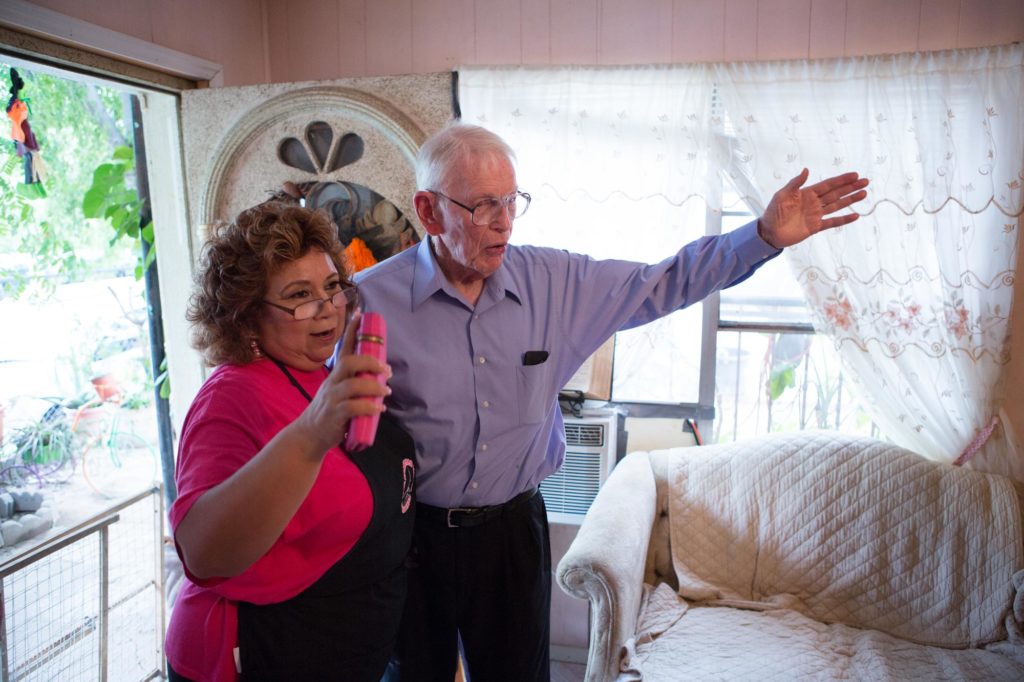
Likewise, in 2020 Catholic Extension Society funded the renovation of three Oblate-operated missions near Roma, Texas, where Father Pablo Wilhelm, OMI, serves a very young Catholic community. The funds for this project were raised by Catholic Extension Society’s parish partner St. Paul the Apostle in Gurnee, Illinois.
A far-reaching missionary spirit
The Oblates are versatile missionaries. This has led them to Alaska, where to this day some of the missions of the Archdiocese of Anchorage-Juneau are staffed by Oblate priests supported by Catholic Extension Society.
Among the Oblate missionaries in the state is Archbishop Emeritus Roger Schweitz, OMI, who served as archbishop in Alaska from 2001 to 2016. Many Alaskan missions are not accessible by road, and Archbishop Schweitz, possessing the same missionary spirit of the horse-back-riding priests a century ago, obtained his pilot’s license so he could fly himself to those regions whenever necessary.
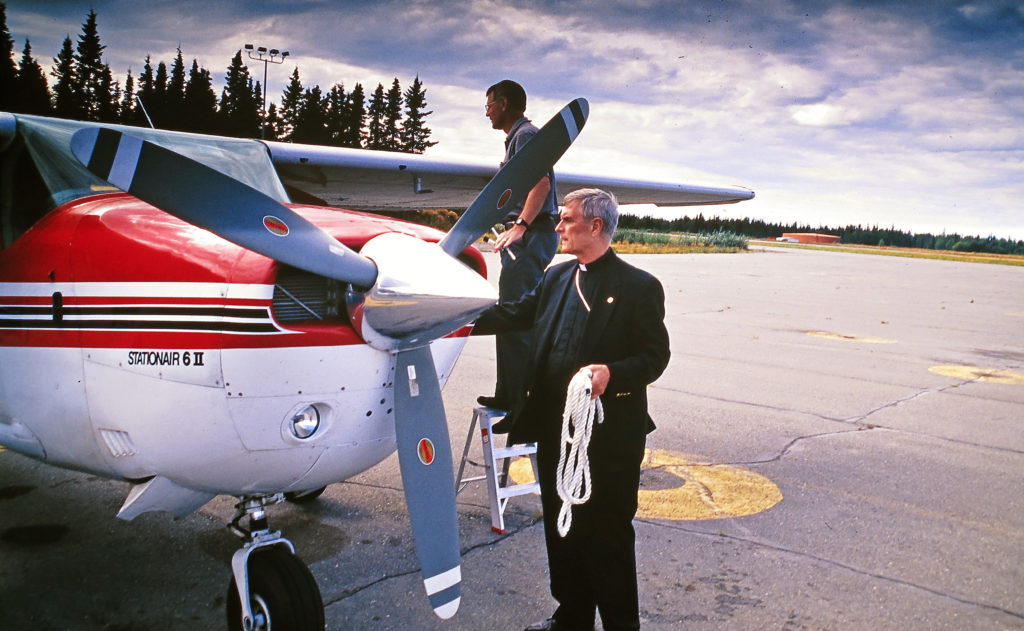
The Oblates also have a well-established presence in Belleville, Illinois, another Extension diocese. They are best known there for their operation of the National Shrine of Our Lady of the Snows—a place of prayer and pilgrimage. They also staff missions in the surrounding area, such as Holy Rosary Parish in Fairmont City, Illinois, where Catholic Extension Society funds the salary of a bilingual Oblate priest, Father Harold Fisher, OMI.
Perhaps the most prominent Oblate was Catholic Extension Society’s late chancellor, Cardinal Francis George, OMI. Prior to becoming the chancellor of Catholic Extension Society, Cardinal George served as bishop in the Diocese of Yakima, Washington, another Extension diocese.
Cardinal George used that experience as a “mission bishop” to guide his role at Catholic Extension Society. Whenever he was making a decision on behalf of Catholic Extension Society, he would recollect what it was like to be a new bishop in a poor diocese. This, coupled with his formation as a missionary, drove his thought process.
Near the end of his tenure as chancellor in 2014, in an interview with Extension magazine he said,
Faith is a gift. … If people don’t have faith, what do they have? Where do they turn for an understanding of who God is and who they are? Christ wants everybody in the world, whom he died to save, to know Him. … Catholic Extension Society has been a very generous means to help the Church achieve that goal for the last hundred years.”
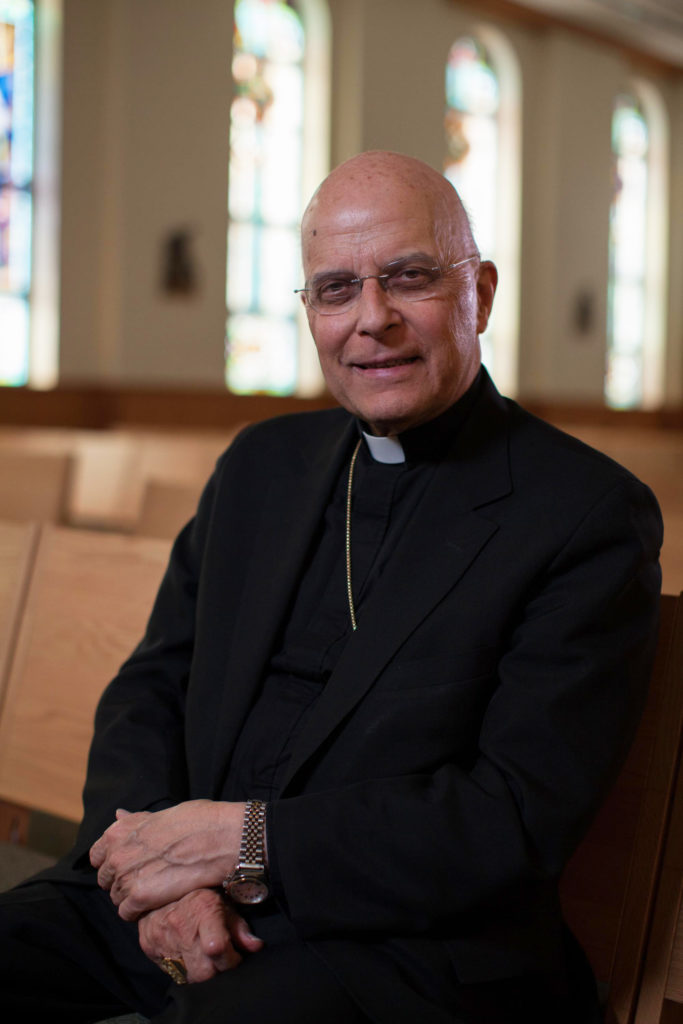
The Oblates instinctively understand the wisdom of Catholic Extension Society’s mission of building vibrant and transformative Catholic faith communities in the poorest regions of America. Their collaboration with Catholic Extension Society, no doubt, has been a great benefit to the Church in this country, especially in the most difficult circumstances and challenging places.
Missionary Servants of the Most Holy Trinity: Religious men who form lay “apostles”
Catholic Extension Society’s mission has been advanced in countless places and times by the presence of the Missionary Servants of the Most Holy Trinity, a religious congregation of men founded in the United States who recently celebrated their centennial anniversary.
Their founder, Father Thomas Judge, was born in Boston. In 1915, as a young Vincentian priest, he was assigned to Alabama. There he felt called to create a movement that would encourage lay Catholics to be evangelizers of the faith. He believed this movement to be especially critical in an area like the Deep South, where Catholics were a small minority.
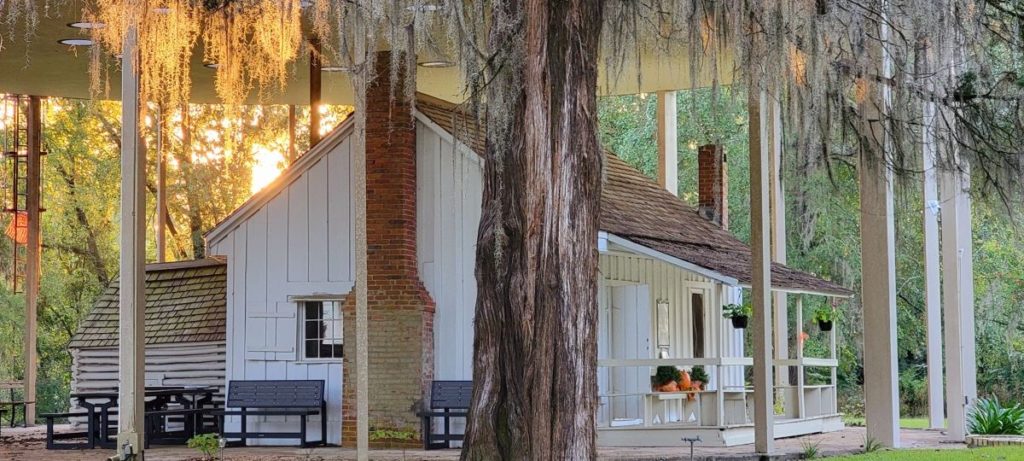
Long before the Second Vatican Council unequivocally affirmed the indispensable role of the laity in the Church, Father Judge understood that every Catholic, by virtue of baptism, is called to be, in his words, “an apostle.”
Today the Missionary Servants work in myriad U.S. dioceses, including those supported by Catholic Extension Society, and in dioceses in Latin America and the Caribbean.
In each place and each cultural context where they are present, the Missionary Servants pursue the vision of their founder by encouraging laypeople to step forward as leaders and evangelizers in their communities. The results are undeniable.
Strengthening parishes and leaders
Catholic Extension Society has been honored to support the work of the Missionary Servants in parishes like Sacred Heart in Camden, Mississippi, where they serve the Black Catholic community.
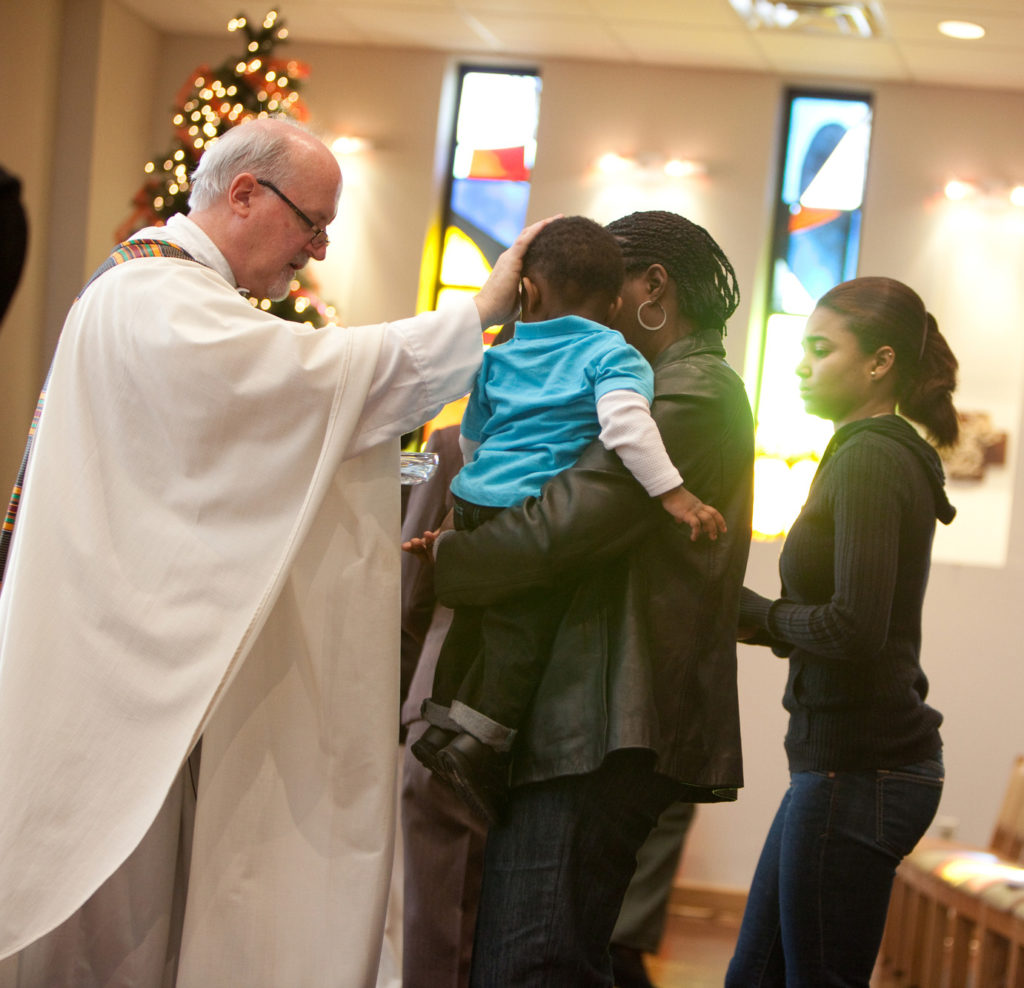
More than providing subsidies to maintain the status quo, we have partnered with the Missionary Servants to support a community where the laypeople have become a sizeable force of transformation in an impoverished area.
Parishioners have created a lively community of faith that energizes their work, which includes providing thousands of meals each year, offering after-school programs for kids and caring for elders, among many other charitable services.
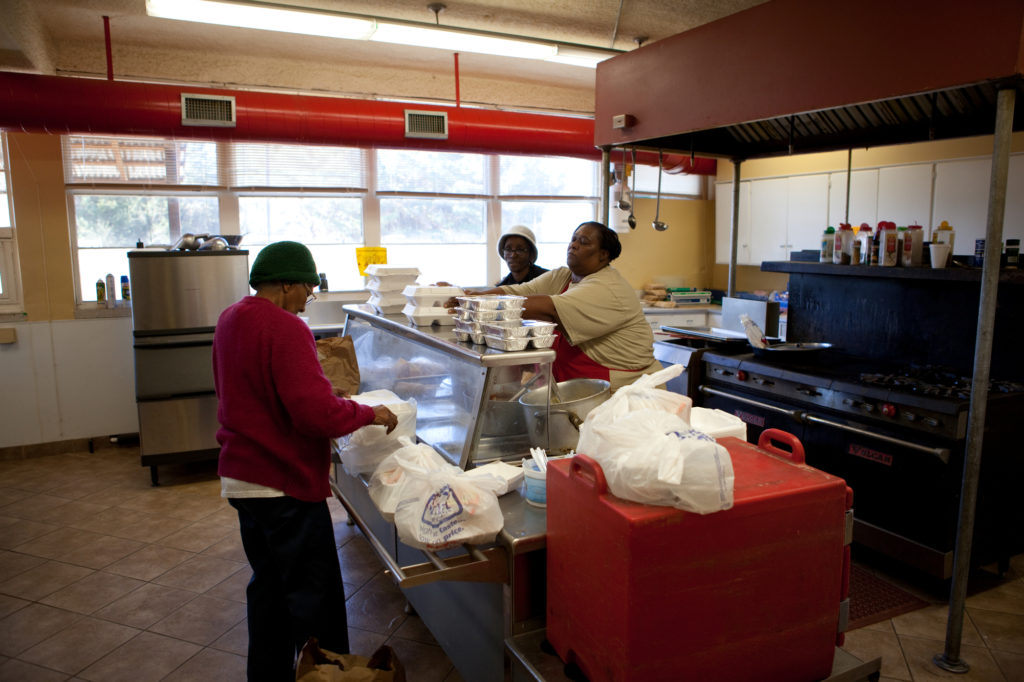
Catholic Extension Society has also been privileged to support the work of the Missionary Servants at St. Kateri Tekakwitha Parish among the Pascua Yaqui tribe, whose ancestral lands are near Tucson, Arizona, in the Sonoran Desert.
Missionaries first came to this area 400 years ago, and something very interesting happened. The Pascua Yaqui people developed their own system of religious leadership that did not rely on foreign clergy to sustain the faith. To this day, the laity have special titles that designate their roles in leading community prayers, songs and devotions as well as visiting the sick and dying.
When the Missionary Servants arrived in this community, they understood the significance of these lay leaders as the primary teachers of the faith and continued to support them.
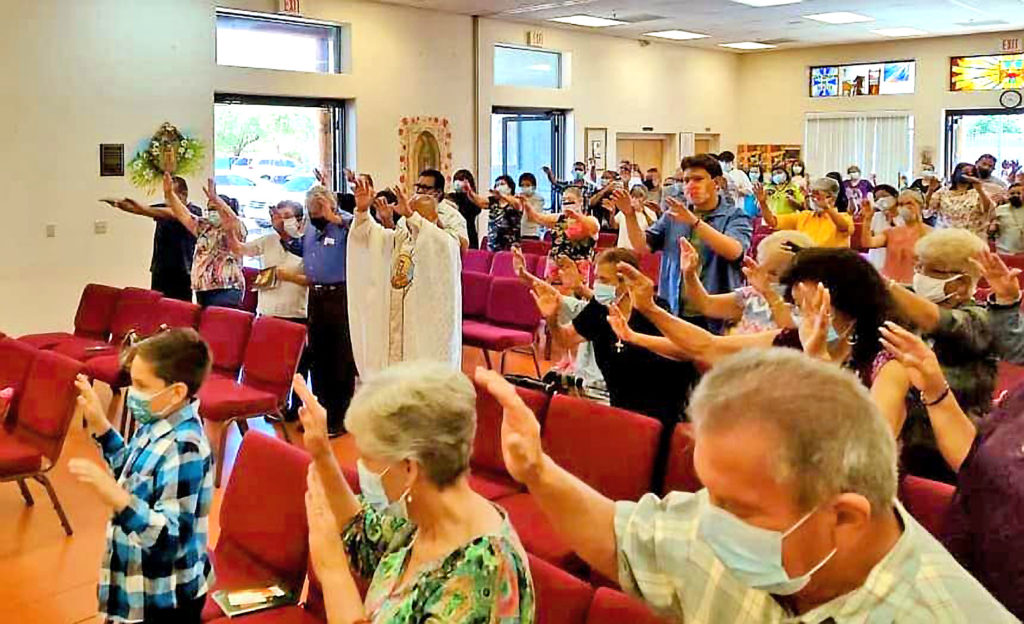
Our Lady of Soledad Catholic Church in Coachella, California, is another location where the Missionary Servants encouraged the role of the laity with great success. On holy days and cultural feast days, as many as 10,000 people make their way through the parish doors. This required the construction of a bigger church, one that seats more than 1,200 people at a time. Catholic Extension Society donors contributed toward this project.
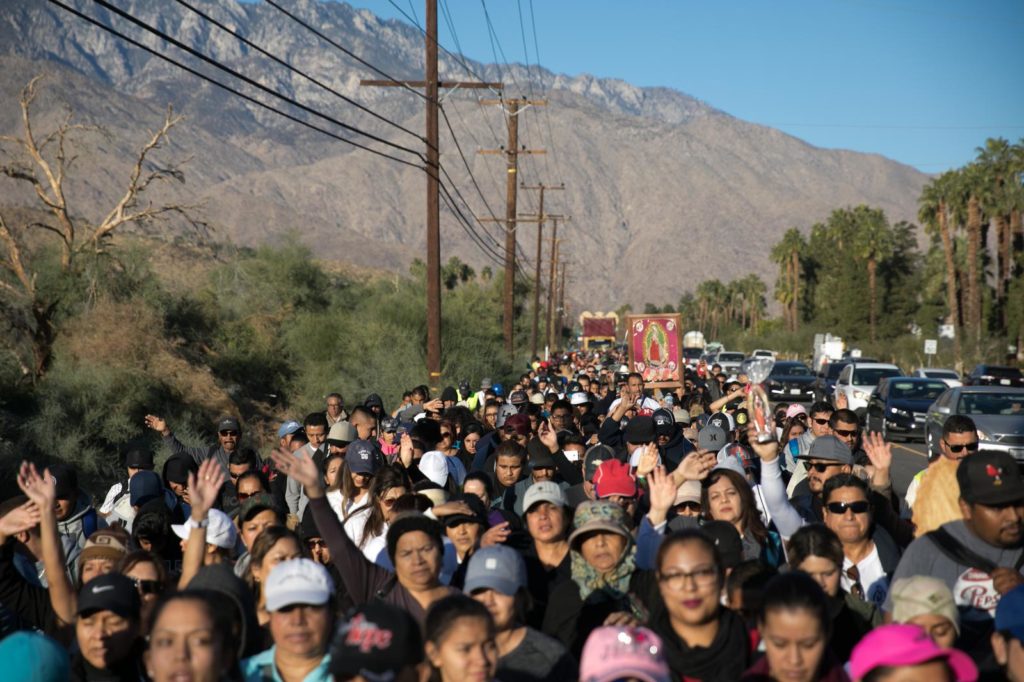
Many parishioners in Coachella are Latino and work the low-paying jobs in the nearby crop fields, but this has not stopped the laity from understanding that they have a special role to play in their community.
The parish is growing thanks to the commitment of the laypeople who have been animated and affirmed by their priests. A prime example is the Valley Missionary Program, a lay volunteer organization of the parish, which for nearly 40 years has served 15,000 people in the outlying communities. The program operates 150 small faith communities and supports a parish-based shelter that has helped thousands of migrants.
With the support of the Missionary Servants, these parishioners are fulfilling the vision of the Second Vatican Council, which called upon all laypeople to “zealously participate in the saving work of the Church.”
The mission continues to unfold
In 2021 Catholic Extension Society partnered with the Missionary Servants of the Most Holy Trinity to pilot a program in response to the worsening opioid crisis in this country. To date, leaders from three Extension dioceses—Youngstown, Ohio; Santa Fe, New Mexico; and Cheyenne, Wyoming—participated in the iTHIRST program.
The Missionary Servants developed this program to help more parish lay leaders effectively work with those suffering from addictions and their families and promote more parish recovery ministries.
Father Judge’s dream remains alive and well, as laypeople in the diverse parishes and regions served by the Missionary Servants are encouraged to lean into what Father Judge called “a missionary spirit, an evangelical burning.”
The Church is better off because ordinary people in communities that are often written off have accepted this calling to be a transformative force in the world.
This article appears in Extension magazine‘s spring 2022 edition. Support our mission to receive the next print edition of the magazine.
